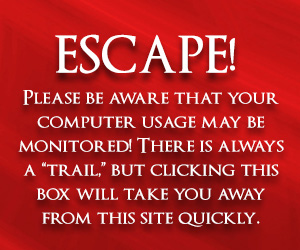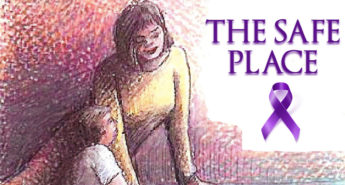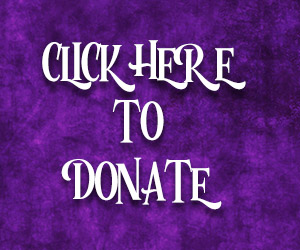 June is PTSD Awareness Month, a month set aside to raise awareness about Post-Traumatic Stress Disorder (PTSD). PTSD is a mental health condition that can develop after someone experiences or witnesses a traumatic event, such as a natural disaster, serious accident, terrorist act, war/combat, or personal assault.
June is PTSD Awareness Month, a month set aside to raise awareness about Post-Traumatic Stress Disorder (PTSD). PTSD is a mental health condition that can develop after someone experiences or witnesses a traumatic event, such as a natural disaster, serious accident, terrorist act, war/combat, or personal assault.
What is PTSD?
PTSD can happen to anyone at any age. It’s not a sign of weakness. It’s a real, serious condition. People with PTSD might feel frightened or stressed even when they’re not in danger. Common symptoms include:
- Re-experiencing the Trauma: Flashbacks, nightmares, and severe anxiety.
- Avoidance: Staying away from places, events, or objects that remind them of the traumatic experience.
- Negative Changes in Beliefs and Feelings: Feeling hopeless about the future, memory problems, trouble maintaining close relationships.
- Hyperarousal: Being easily startled, feeling tense or “on edge,” having difficulty sleeping, and having angry outbursts.
Why Awareness is Important
Raising awareness about PTSD is crucial because it helps people recognize the signs and encourages those affected to seek help. It also promotes understanding and support within communities. Many people with PTSD might feel alone or ashamed, but awareness campaigns can provide them with the knowledge that they are not alone and that effective treatments are available.
How You Can Help
Here are a few ways to help raise PTSD awareness and support those affected:
- Educate Yourself and Others: Learn about PTSD and share that knowledge. Understanding the condition can help reduce stigma and promote empathy.
- Support Mental Health Initiatives: Advocate for mental health resources in your community and support policies that improve access to mental health care.
- Be a Good Listener: If someone shares their experiences with you, listen without judgment. Sometimes, being there for someone can make a big difference.
Treatment and Support
PTSD is treatable. Many people with PTSD benefit from various forms of therapy and medication. Common treatments include:
- Cognitive Behavioral Therapy (CBT): A type of talk therapy. It helps people change how they think and act to feel better. It focuses on solving problems and teaches new skills to handle tough situations.
- Eye Movement Desensitization and Reprocessing (EMDR): Uses eye movements to process traumatic memories.
- Medication: Antidepressants and anti-anxiety medications can help manage symptoms.
Encouraging those who are suffering to seek professional help is vital. Mental health professionals, including therapists and psychiatrists, can provide the necessary support and treatment.
Resources for More Information
If you or someone you know is dealing with PTSD, there are resources available:
- National Center for PTSD: Offers information on treatment options, self-help tools, and ways to find support. Visit their website here.
- PTSD Alliance: Provides education and resources for patients and families. Learn more here.
- Substance Abuse and Mental Health Services Administration (SAMHSA): Offers a national helpline for mental health support. Check out their services here.
PTSD Awareness Month is a time to learn, share, and support those affected by this challenging condition. By spreading awareness and showing empathy, we can help create a world where people with PTSD feel understood and supported. Remember, help is available, and recovery is possible.
If you need help or know someone who does, don’t hesitate to reach out to the resources provided. Together, we can make a difference




Leave a Reply